7. Exhibition (Joanna Hogg)
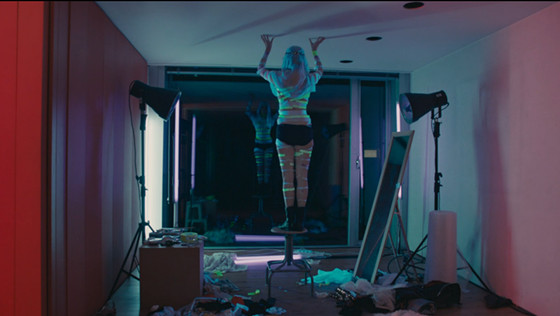
Typical of that strain of 21st century arthouse, yet wholly unique in its character and sense of humour, is Joanna Hogg’s Exhibition. Like Kitano’s film, it too has a ludicrously simple plot – an artist couple decide to sell their house.
Its focus is on the wife’s growing desire to create an installation piece based on the display of her own body in ever more flagrant and embarrassing postures, a comment both on the fault lines in her marriage and the concept, so often linked with female sexuality, of “exhibiting” oneself.
Each carefully composed shot extends the metaphor, with her poses reflected back on her from the windows through which people outside can obviously see her. It’s also a great film about architecture and how people are affected by the space they live in and how, in turn, they come to define that space themselves.
As the hunt for influential women directors goes on, it’s a constant disappointment that Hogg is often overlooked. But this film, along with her other work, should grow in stature, and be as much a monument to its time as the ’60s Brutalist building at its heart.
8. Shirin (Abbas Kiarostami)
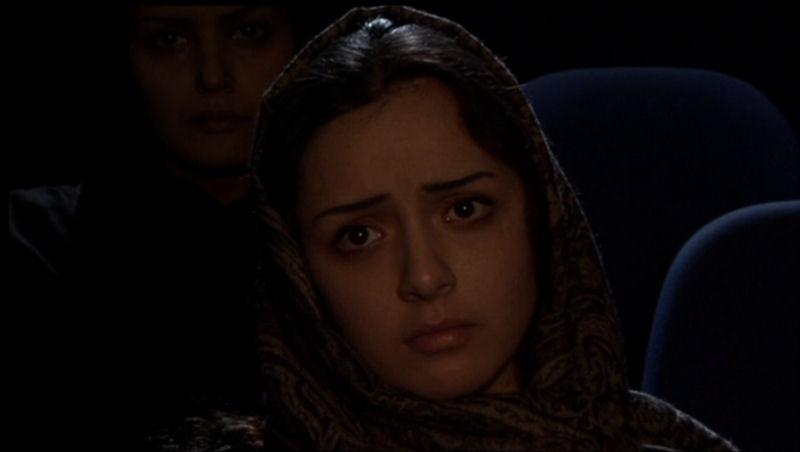
Kiarostami left many of his admirers behind in the 2000s when he appeared to go off on a more experimentalist tangent. This tendency reached its extreme with Shirin, perhaps his least celebrated offering, but arguably the most dazzling in its juggling of sound and image, artifice and simplicity, and the one in most urgent need of reappraisal.
Its entire running length consists of shots of Iranian actresses (and Juliet Binoche) apparently watching a film based on an old Persian tale. In reality, there was no film, and the soundtrack (a work of art in itself) was constructed by Kiarostami, and the reactions coaxed from his cast were often in answer to the director’s instructions, rather than any emotional response to the romantic saga they can hear.
The whole becomes a witty reflection on the way we respond to art and story, a kind of cheeky 21st century riposte to the Kuleshov Effect, as well as being a sly, though never less then sincere, paean to beauty.
9. Story Of My Death (Albert Serra)

Critics are always on the lookout for what Robert Hughes called “the shock of the new”, art that sets new boundaries and parameters, that completely upends the audience and makes them rethink their whole relationship with the medium in question.
One such film came out quietly in 2006, Albert Serra’s Honour of the Knights, a bizarre retelling of the Quixote legend, with all the action stripped out and only the intimate moments between master and servant in the wilderness left in.
Fast forward a few years, and we find Serra playing with another myth, Dracula. Make that two myths, because in Serra’s offbeat universe, the best person Dracula could ever come up against is…Casanova.
It sounds like the plot of a cheapjack exploitation movie tossed off by Roger Corman. But like the alchemist who features late in the film, Serra has a way of combining these clashing elements into something magical, mysterious, and haunting.
The film is actually a beautifully-worked metaphor of the slide from 18th century Enlightenment, represented by Casanova, into the Romantic and Gothic imagination, represented by Bram Stoker’s creation. But that makes it sound easy to grasp – the experience of watching it is something else entirely.
A horror film made by an arthouse giant, a morbid poem of desire, a crackpot shaggy dog story? Whatever you decide, there’s no other movie quite like it. And it is uniqueness, more than anything – as the fame of Casanova attests – that ensures a place in posterity.
10. Valhalla Rising (Nicolas Winding Refn)
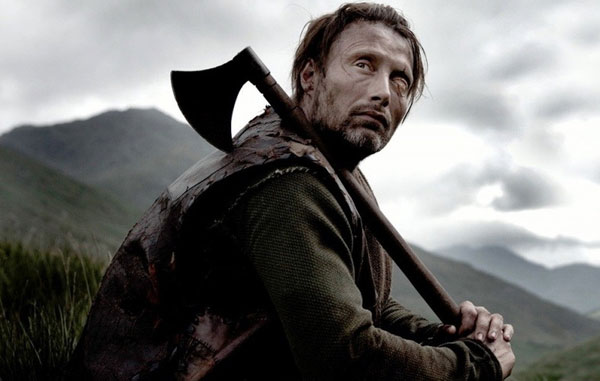
On paper, it sounds like an exciting Viking adventure – Mads Mikkelsen’s One Eye frees himself from slavery, falls in with a bunch of Christians sailing off to fight in the Holy Land, gets blown off course, and ends up in the New World, pursued by Native Americans.
But the end product is an excruciatingly slow, low-budget, Tarkovsky-lite, visionary acid trip – with a bit of mud wrestling and bone cracking thrown in. In other words, it’s what British critic, Gilbert Adair, called a UFO, or Unidentified Filmic Object, something utterly sui generis.
Indeed, the film is so odd, that it disables the typical value judgements of being “good” or “bad”. What remains fascinating about it is the method in its madness; for, in its wilfully perverse style, it comes closer than any saga before in aping the mythic storytelling of the period it depicts.
One can imagine the Nordic bards of old giving the same emphases – the statuesque portrait of the noble warrior, the sense of time felt on a becalmed sea, the twisted beauty of a shamanic vision.
In dispensing with 21st century narrative norms entirely, Refn delivers a true sense of Ancient Man. An achievement which, paradoxically, should ensure the film’s timelessness in the future.
11. Confessions Of An Opium Eater (Albert Zugsmith)
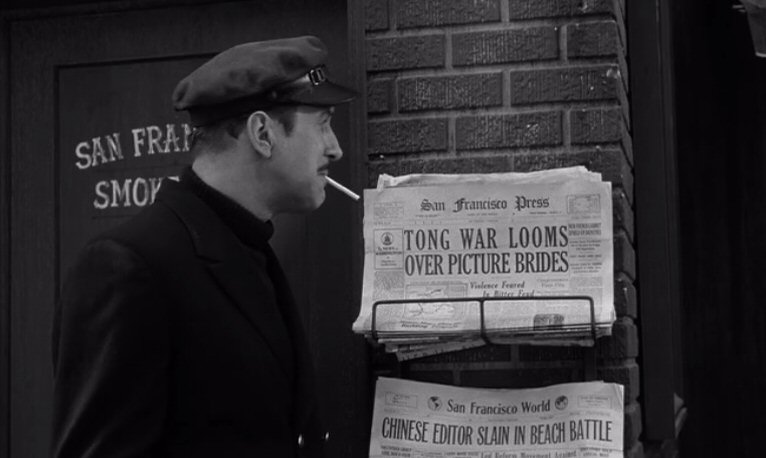
Don’t you sometimes wish they’d made a Vincent Price movie in which he plays a street-smart sailor who gets into fights with kung fu overlords running a black market in exotic slave girls in a 19th century San Francisco riddled with opium dens? Well, in 1962, Albert Zugsmith did just that, and the result is as bonkers as you’d expect.
The highlight is an extraordinary chase sequence played out in slow motion and total silence, with Price’s character, under the influence of the pipe of poppy, diving through windows and teetering on the edge of rooves, to try and evade his captors.
The dreamlike quality of this scene ripples out across the whole film to the extent that, whether by accident or design, Zugsmith manages something many directors have strived for but failed to achieve – a genuine sense of the surreal, a landscape of the unconscious, in which narrative cause-and-effect shrivels and dies.
It ends with Price and his femme fatale, half-clutching, half-fighting each other as they fall into sewer water and are swept out to sea. Let’s hope the film also emerges from the darkness into the light one day.
12. They Live (John Carpenter)
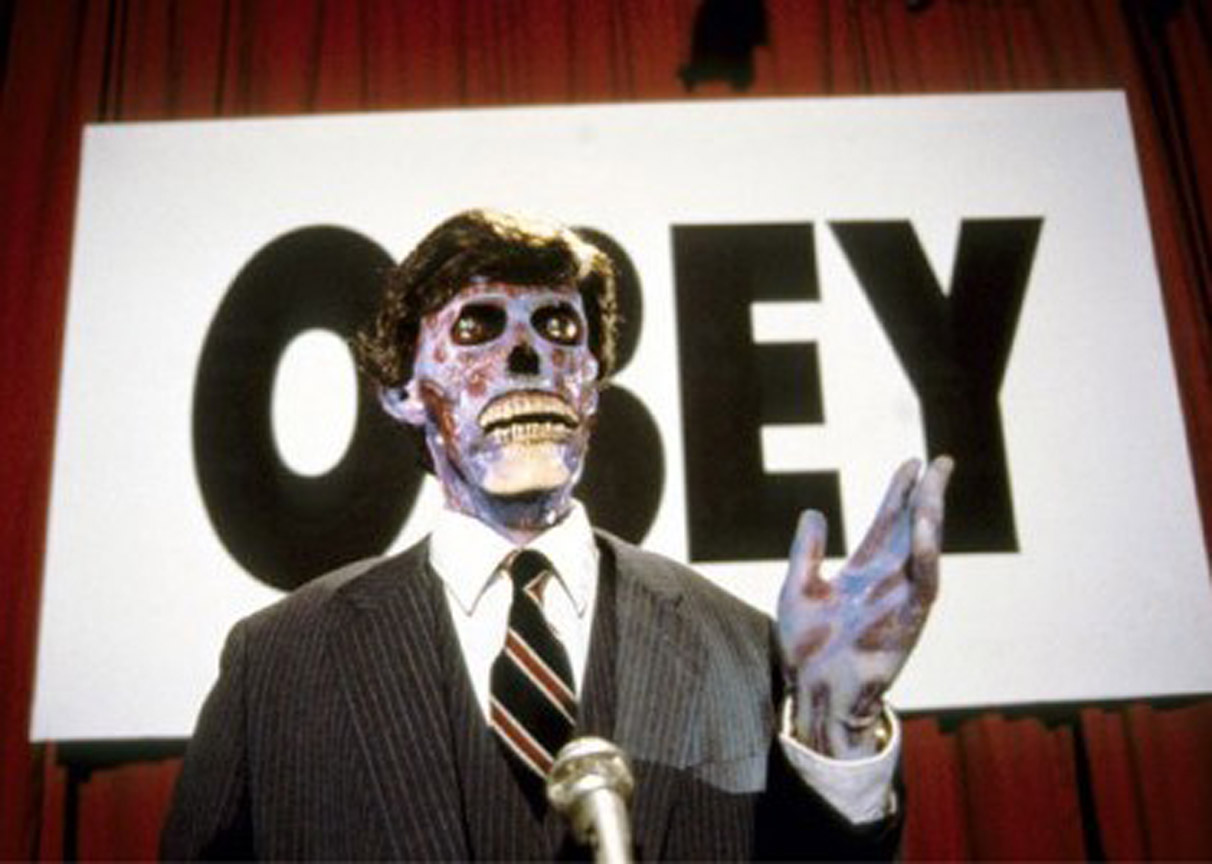
Back in 1988, after the high watermark of Carpenter’s work from Halloween through to The Thing, this Roddy Piper vehicle looked like an early step in the director’s decline.
But now, its conceit of a world secretly run by aliens, who hide hypnotic signals such as OBEY or CONSUME in billboards and television adverts, not only appeals to Area 51 conspiracy theorists but also to media studies academics and anti-capitalist intellectuals, for whom it is a ready-made deconstruction kit.
Even the infamous five-minute fight scene has a political dimension, a down-and-out forcing his brother-in-arms to see, both literally and metaphorically, the truth of their situation.
In fact, as a satire on modern American discontent, the film has only grown in significance, as more and more people feel alienated (if you’ll forgive the pun) from the power of the ruling elite. All that, and it has a zinger of a quotable line: “I’ve come here to chew bubblegum and kick ass – and I’m all out of bubblegum!”
13. Privilege (Peter Watkins)
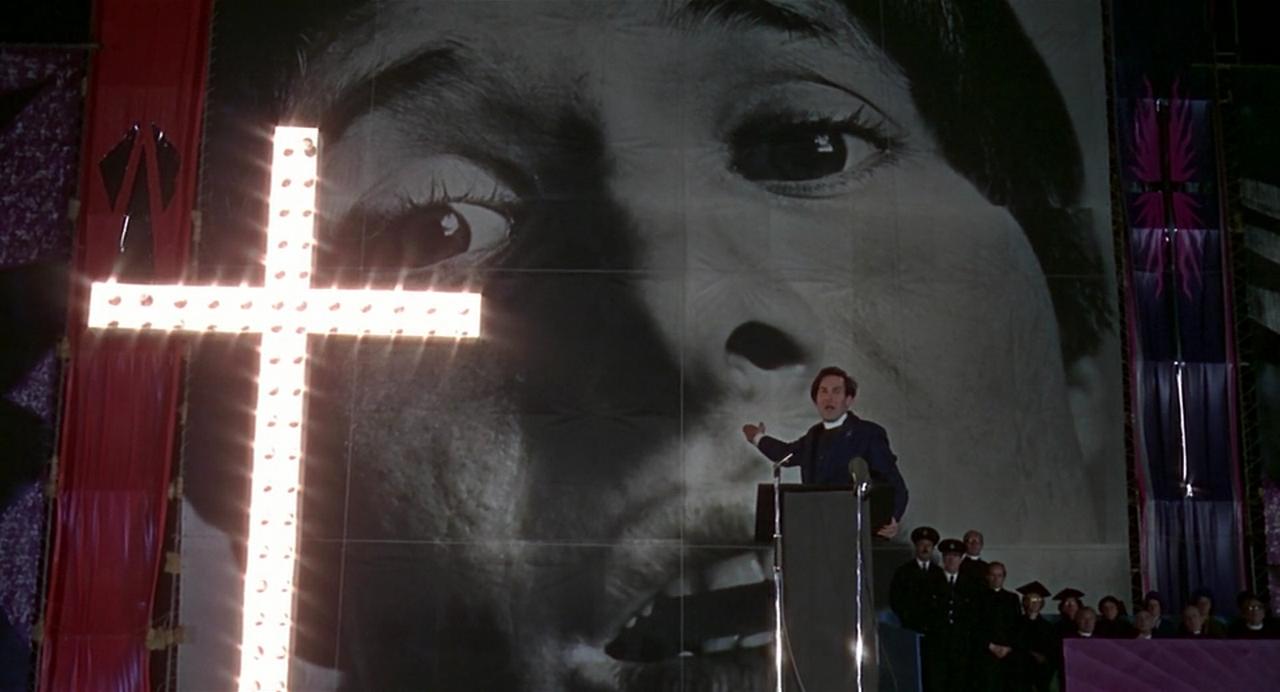
Overshadowed on first release by Watkins’ two documentaries for the BBC, Culloden and The War Game, this feature outing was either dismissed as over-the-top or totally ignored. But like They Live, its discussion of the relationship between Establishment and popular culture only seems to have become more acute as the years go on.
At its centre is singer Steven Shorter, played by real-life pop star, Paul Jones, whose stage act, involving him being cuffed by police and flung in an imaginary jail in defiance of his youthful ideas, epitomises the revolutionary attitude of rock-and-roll in the ’60s.
But it turns out that his managers are precisely those politicians his young audience are railing against, deliberately stirring up concert hysteria to dissipate the potentially damaging energies of the counterculture movement.
All of which makes Privilege, alongside Lindsay Anderson’s If…, Don Levy’s Herostratus, and A Clockwork Orange, part of a peculiarly paranoid British subgenre in which a disgruntled Angry Young Man finds the force of his rebellion co-opted and used by the powers-that-be for their own purposes.
Privilege is less well-known than these other works, but it’s arguably even more savage, certainly a lot more fun, and, if nothing else, drop-dead gorgeous.